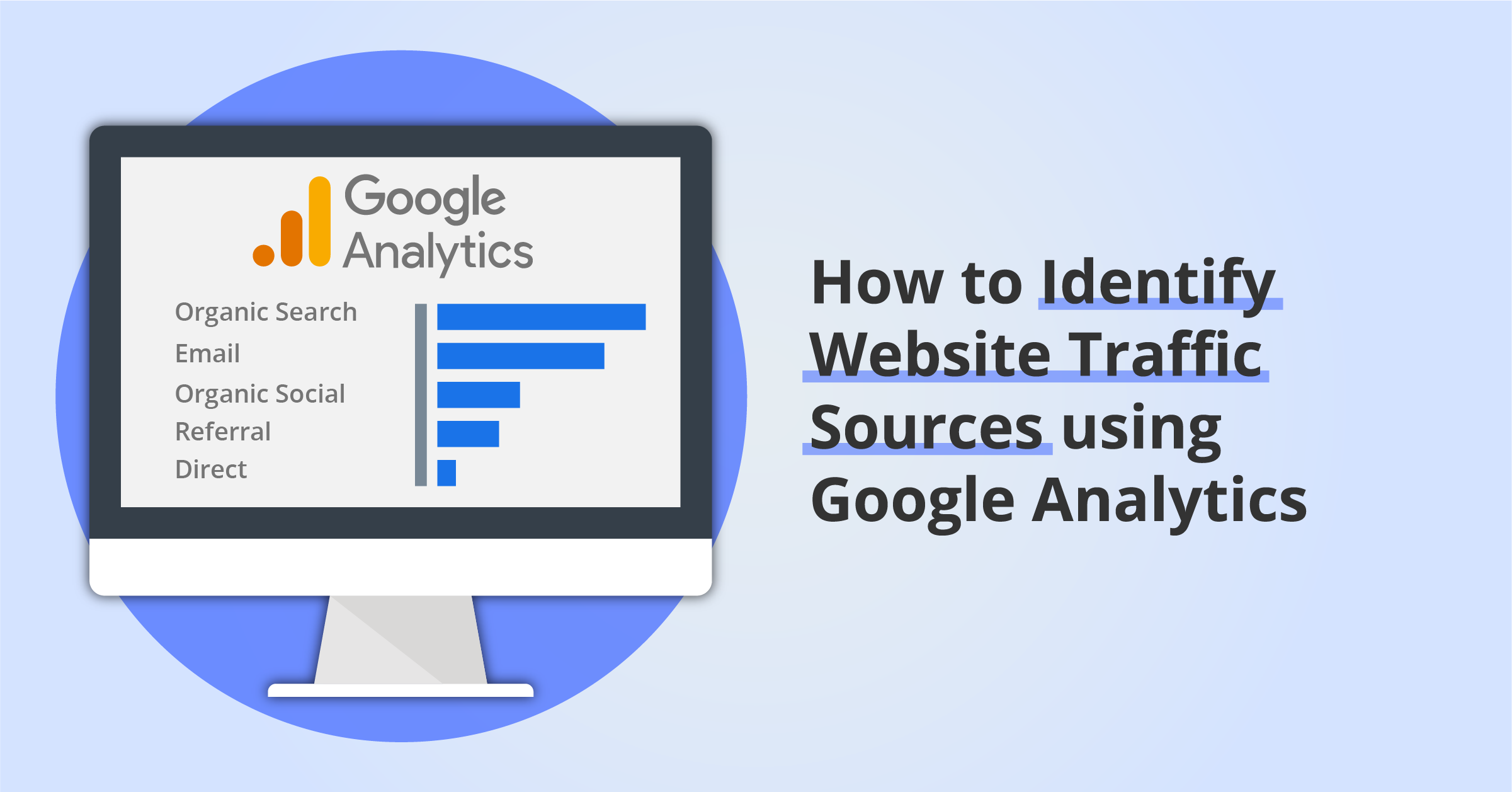Introducing the Effect of Second Dimension in Google Analytics on Data Evaluation and Insights
In the world of information analytics, the usage of second measurements within Google Analytics has actually arised as an essential tool for drawing out much deeper insights and unraveling complicated patterns that may or else stay covered. By peeling off back the layers of primary data sets, second dimensions provide a nuanced perspective that enriches the understanding of user actions, website performance, and the efficiency of advertising approaches.
Exploring the Concept of Secondary Measurements
Additional measurements in Google Analytics supply extra insights by allowing customers to analyze key information combined with an additional feature. This attribute makes it possible for an extra thorough understanding of the primary data by including one more layer of information for analysis. By incorporating secondary measurements, individuals can delve deeper into the information and discover important correlations that might or else go undetected. As an example, by pairing the primary data of website web traffic with secondary measurements like demographics or habits, marketing professionals can acquire a more detailed sight of their audience and tailor their strategies accordingly.
Understanding the idea of second measurements is vital for making the most of the potential of Google Analytics. It permits users to section information properly, determine patterns, and make educated decisions based upon an extra full image of their analytics data. By checking out the numerous second dimensions readily available in Google Analytics, users can unlock new insights and maximize their digital advertising initiatives. Fundamentally, additional dimensions offer as an effective device for enhancing data evaluation and driving workable outcomes.
Enhancing Data Interpretation With Secondary Measurements
Having actually developed the foundational understanding of secondary dimensions in Google Analytics and their crucial function in data evaluation, the focus now moves towards leveraging these second qualities to boost the interpretation of analytics information (what is a secondary dimension in google analytics). By including secondary measurements into information analysis, analysts can obtain much deeper understandings into user habits, website performance, and advertising and marketing performance

Moreover, second measurements aid in contextualizing main information metrics by supplying added layers of info. This contextualization aids in recognizing the 'why' behind the data patterns, aiding analysts make educated choices and optimizations to enhance general performance. Ultimately, integrating second dimensions enriches the information analysis procedure, bring about even more purposeful insights and calculated activities.
Discovering Hidden Insights With Secondary Measurements
Discovering the midsts of analytics information with second measurements reveals useful insights that would or else remain obscured. By incorporating secondary dimensions in Google Analytics, businesses can unearth concealed patterns, trends, and relationships that offer an even more comprehensive understanding of customer behavior and internet site efficiency. These added layers of data permit analysts to dig much deeper into the main dimensions, such as traffic resources or touchdown web pages, and acquire a much more nuanced perspective on how different variables connect with each other.
Via making use of second measurements, experts can segment and contrast data across different measurements, enabling them to determine details aspects that influence user engagement, conversion prices, and general success metrics. By matching the main dimension of 'tool group' with the secondary measurement of 'age team,' online marketers can determine which age demographics favor accessing the web site with mobile gadgets versus desktop computers. This level of granularity encourages businesses to make data-driven choices and enhance their approaches for better outcomes. Ultimately, discovering concealed insights through additional measurements improves the depth and accuracy of data analysis, leading to more enlightened decision-making and boosted efficiency end results.
Leveraging Additional Measurements for Actionable Analytics
Building upon the understandings revealed through additional dimensions in Google Analytics, services can currently harness this enriched data landscape to drive workable analytics and tactical decision-making. By leveraging secondary measurements, organizations can dive deeper right into their data to draw out important patterns, fads, and correlations that may have formerly gone undetected. This much deeper level of evaluation makes it possible for services to gain a much more comprehensive understanding of user habits, campaign efficiency, and total site efficiency.
One trick advantage of using second dimensions for actionable analytics is the capacity to segment data based upon details standards. This segmentation permits businesses to tailor their approaches and projects to various audience groups, causing a lot more targeted and reliable advertising and marketing efforts - what is a secondary dimension in google analytics. Furthermore, secondary dimensions supply an even more all natural sight of user interactions, allowing services to maximize their web site content, design, and overall user experience
Taking Full Advantage Of Decision-Making With Second Measurements
To enhance strategic decision-making in analytics, leveraging secondary dimensions in Google Analytics can provide a much more nuanced viewpoint on customer habits and project performance. By integrating additional measurements into data analysis, organizations can dive much deeper right into the specifics of their web site site visitors' communications and engagement patterns. This added layer of information enables for a much more detailed understanding of just how various variables, such as demographics, tools, or traffic sources, impact vital efficiency signs.

Verdict
To conclude, making use of secondary dimensions in Google Analytics published here plays a vital role in improving data analysis and uncovering concealed understandings. By discovering this concept, one can obtain a much deeper understanding of customer actions and make informed decisions based upon actionable analytics. Leveraging additional dimensions enables a more comprehensive Continue interpretation of information and maximizes the performance of decision-making procedures.

Comments on “Understanding Secondary Dimensions in Google Analytics: Meaning and Strategic Assimilation”